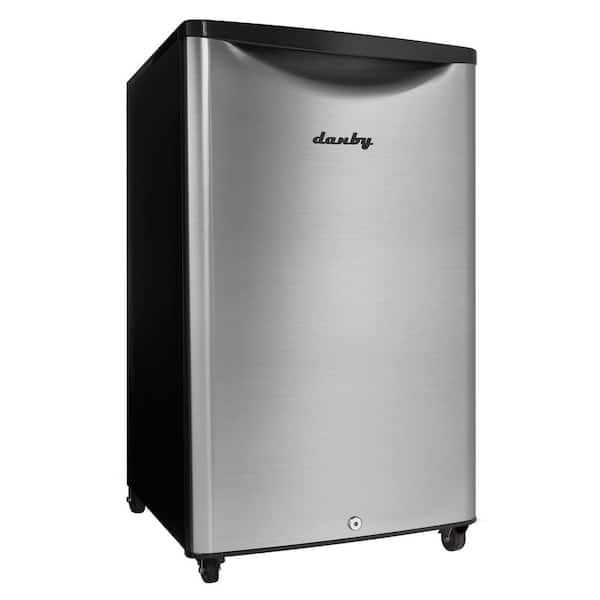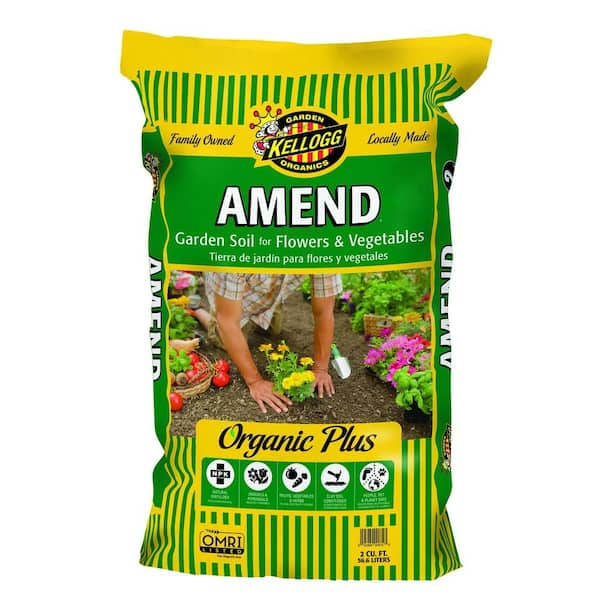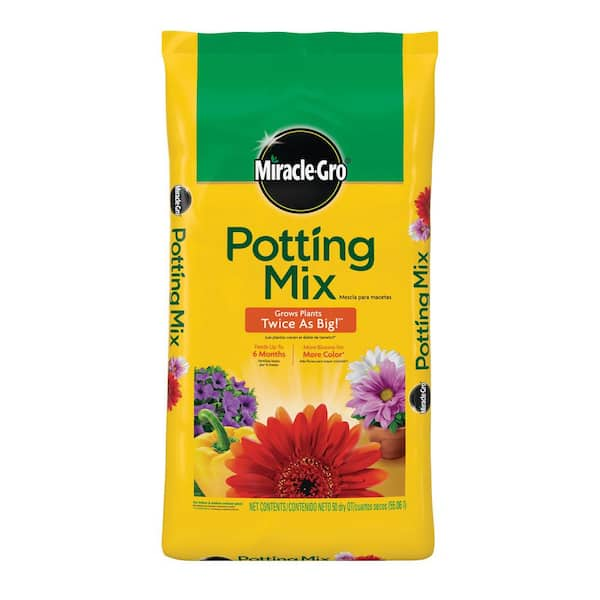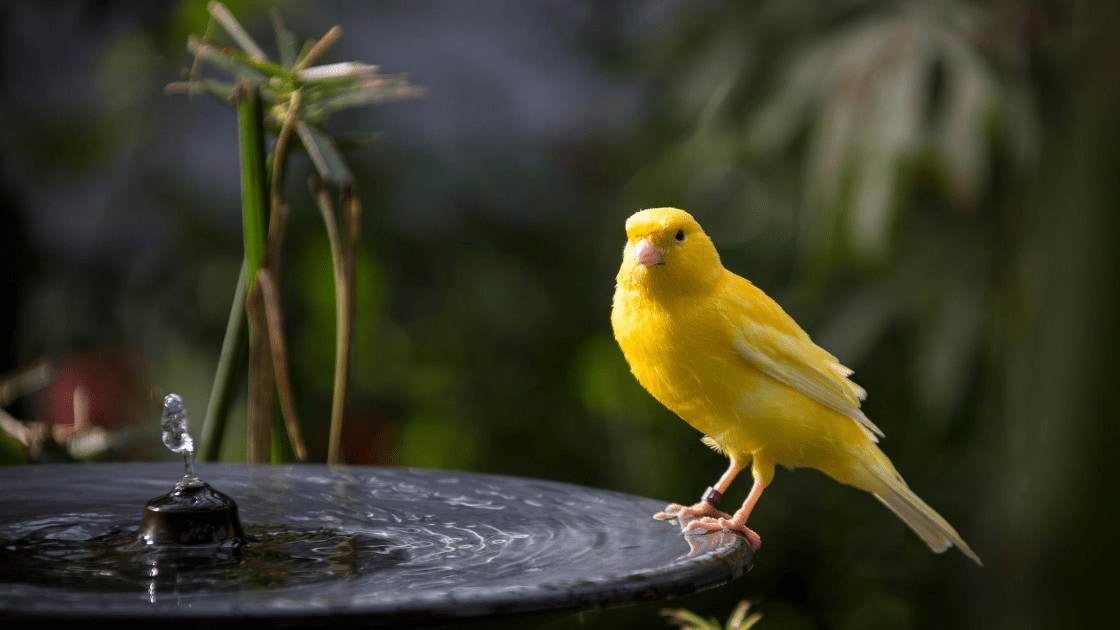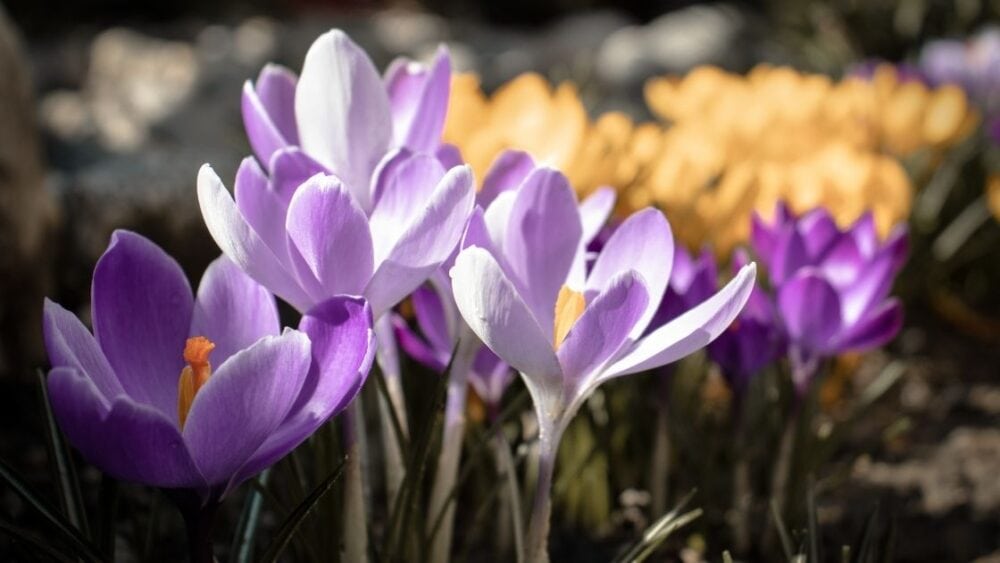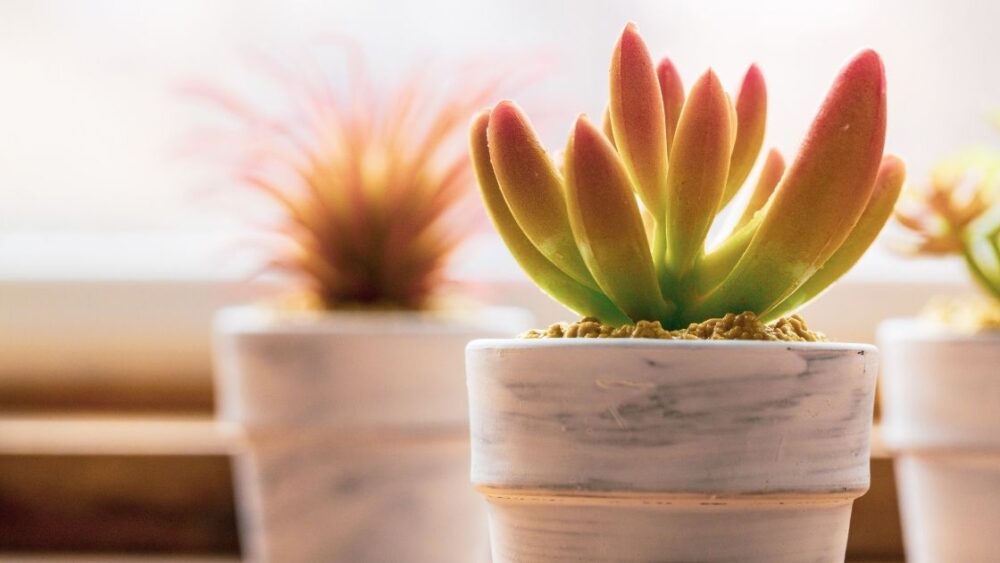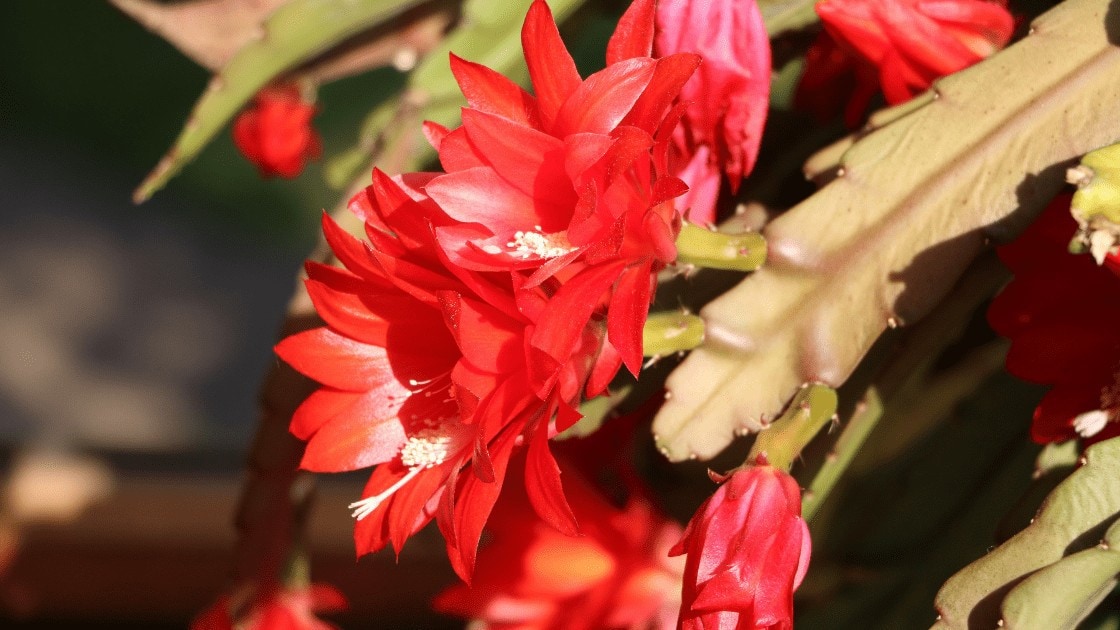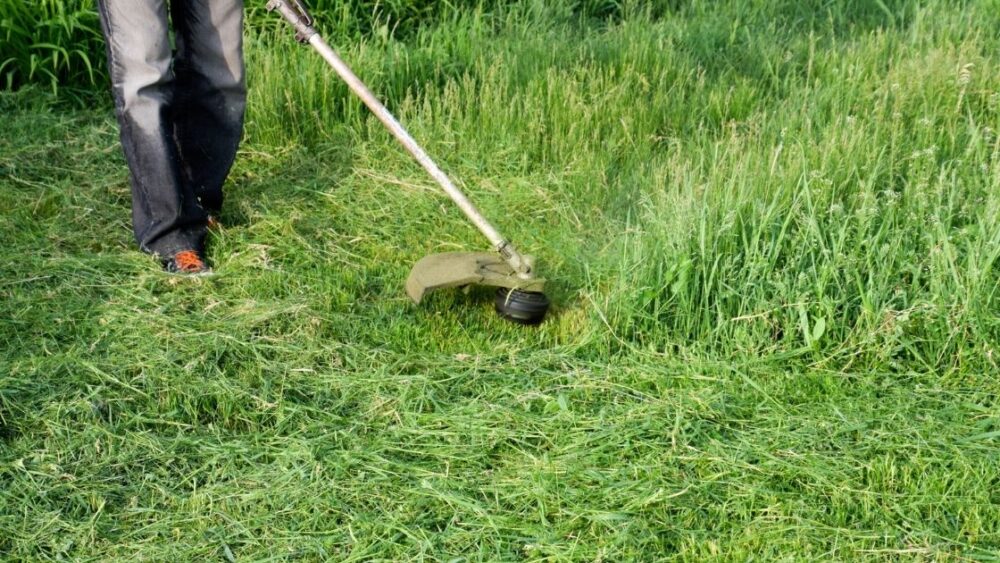
Approximately 900 million hectares of sandy soils cover the world, but their fertility is low. In comparison to clay soils or loam soils, sand may contain fewer nutrients. Sandy soil behaves similarly to beach sand. If you rub sandy soil between your fingers, it feels gritty. When you squeeze it, it won’t hold together easily unless it is very wet. The lumps will also break apart quite easily. It is difficult for grittier soils to retain water or nutrients. Sandy soil is unsuitable for plant growth due to its high water loss rate. It can, however, grow different kinds of plants when fertilized and irrigated properly.
In this article, we’ll talk about the disadvantages of sandy soil, what causes sandy soil, and what types of plants flourish in sandy soil. Let’s begin by discussing what sandy soil is.
What is Sandy soil?
The sand in sandy soil is irregular to rounded, unlike the clay in clay soil, which consists of many small, plate-like particles. Between sand, silt, and clay, sand is the largest soil particle size. The diameter of sand ranges from 0.05 to 2 millimeters. Compared to other soil types, sandy soil has much more airspace between rounded particles, and this high level of air under the surface gives your soil its well-draining properties.
Browse our Affiliate Products
It is difficult to form a ball of wet sandy soil, and when you form it into a ball, it does not keep its shape. The naked eye can also see individual sand particles. A low surface area and low charge make sand less attractive to water and nutrients than other soil textures. As a result of this quality, sand drains freely and is generally low in nutrients.
It is difficult to compact natural sands with various particle sizes, but dune and beach sands with uniform particles will compact tightly over time. Sandy soils have excellent gas diffusion around roots, even when tightly packed. In other words, air replaces water quickly as it moves through the soil.
For more information on other types of soil check out our articles below:
- What Are The BEST Potting Soils for Every Type of Plant?
- The Best Soil for All Types of Gardens
- How To Landscape With Decomposed Granite
- What is the difference between potting soil and succulent soil?
What are the disadvantages of sand soil on plants?
Since sandy soils contain well-drained sand, they tend not to retain water or nutrients well. It is primarily made up of silica crystals, usually quartz crystals. Large particles in sandy soils cause them to dry out quickly, are low in nutrients, and are acidic. There is a tendency for water and fertilizer to leach out of the soil before the plant can use them.
Hence sandy soil is hard to fertilize because it cannot hold water, and any additional nutrients you apply to it can quickly wash away.
Some of the disadvantages of sand soil are as follows:
Fast-drying
- There are two sides to rapid drainage! During the summer, sandy soil dries out quickly due to its inability to retain moisture. To compensate for this, some plants will need more frequent watering.
Nutrient deficiencies
- Plants can become undernourished if nutrients leach out of sandy soil very quickly. It is more likely that your soil will lose essential nutrients from rainfall and routine watering compared to silty or clayey soil.
Acidic in nature
- There is often a lot of acidity in sandy soils. Depending on what type of plants you are growing, this may or may not be a problem.
What causes sandy soil?
Sand, clay, and silt are commonly found in soil in varying percentages. The largest soil particle is sand, the smallest soil particle is clay, and the middle part of the soil is silt. Soils with a higher proportion of one of these components create different soil types. When 85% or more of a soil’s particles are sand-sized, it is called sandy. Quartz (silica) and feldspar are the two major rocks that form sand due to weathering and erosion over thousands of years. Sandy soil has a grainy texture and a light brown color.
In the original form, feldspar is brown to tan, while iron oxide tints quartz a light brown.
In Hawaii, the famous white-sand beaches are made from parrotfish poop, which bites and scrapes algae from rocks and dead corals. Fish are capable of producing hundreds of pounds of white sand per year. The sandy soils are found in lowland coastal areas up to high altitudes in the tropics’ arid, semi-arid and humid rainfall zones.
Can you put topsoil over sand and grow healthy plants?
Placing soil on top of the sand can improve the growth medium for plants or lawn grass. In sandy soil, 2-3 inches of healthy soil applied on top will provide enough depth to support grass and plants and allow them to access nutrients without suffering drainage issues. Additionally, many types of succulents love sandy soil and may not require added soil. Always refer to planting guide depending to the types of plants you would like to plant.
In short, yes! Adding topsoil over sand can improve your soil’s quality over time.
Plant Growth Over Sand: How Much Topsoil Is Needed?
Depending on the type of plants or grass you want to grow, you will need different amounts of topsoil per square foot. For example, turfgrass requires 2 to 4 inches of topsoil, but a lawn only needs 2 inches. Adding a depth of soil over the sand will allow the roots of the plants or grass to access nutrients and moisture while growing through the soil.
As grassroots grow shallower than those of larger plants, the topsoil thickness can be 2 inches if you know you’re going to plant grass. Larger plants, however, will need a thicker layer of soil to access nutrients, significantly when their roots extend deeply. You can increase the nutrient content of your yard by adding composted manure or topsoil before planting flowers or vegetables.
Can too much sand hurt gardens and plants?
Sand makes soil lighter, facilitates good drainage, and washes nutrients away. As a pure inorganic matter, silica, sand does not add nutrients to the soil. Adding nutrients with a fertilizer won’t make it as effective at retaining them. Adding water to the sand will leach the nutrients out.
Therefore, too much sand can harm certain types of gardens and plants.
What types of plants do well in sandy soil?
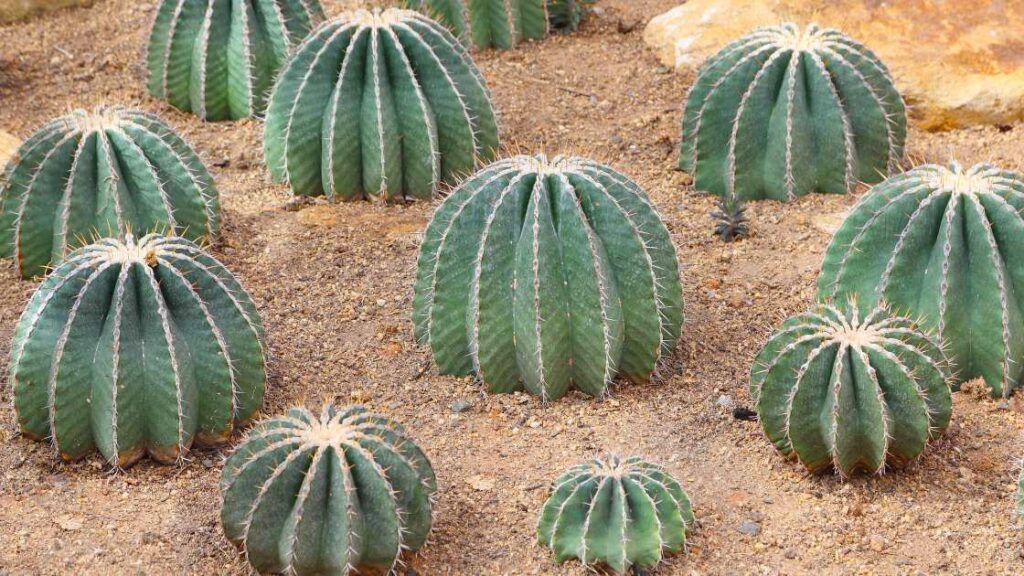
Finding plants that grow in the sand is quite rare, but they do exist. Since sandy soil lacks minerals and nutrients, this question is frequently asked.
Undoubtedly, sandy soil is the favorite soil of many plants, and some gardeners believe it is easier to work on than other soils. Nevertheless, clay soil has several advantages over sand, including its ability to retain moisture. Anyhow, some plants can grow in sandy soil or sand. However, sand is relatively harder to maintain than clay, even though it has a good drainage system.
Sand gardens are ideal for growing the following plants:
- Sedum
The Oregon stonecrop, or sedum, is a drought-tolerant ground cover that grows well in sandy soil and thrives under various conditions.
- Lavender
Lavender plants prefer not only sandy soil but also need high drainage. It can survive drought-like conditions easily. Due to its beautiful color and fragrance, it attracts lots of butterflies and bees.
- Artemisia
In sandy soil, artemisia grows rapidly and releases a soft, soothing fragrance when brushed. This plant is anti-oxidant, anti-inflammatory, antifungal, and insecticidal.
- Carrots
In sandy soil, carrots can burrow easily and grow deeper into the ground. In bloom, they have one-foot-tall clusters of white flowers with orange roots and long compound leaves resembling ferns.
For more information on where to purchase different fruit and vegetable seeds, click here:
Seedsnow.com Review: Find Garden Seeds and More
- Potatoes
The acidic pH and looseness of sandy soil make it ideal for growing potatoes. However, you will need to provide it with water and nutrients.
- Radishes
Radish plants grow quickly in loose, sandy soils and are ideal for growing in containers. The flowers can appear once a year and are usually pink or purple.
- Cucumbers
Cucumbers prefer sandy soils because they require fast-draining soil with dense roots. As they grow, they become luscious, trailing vines that need a little support to attach and grow.
- Red chokeberry
Beautiful white flowers with ornamental berries on this flowering shrub grow in any soil type. Through suckers, it can create a mass of shrubs.
- Daylilies
The plant is a low-maintenance flowering plant that grows well in moist soils with good drainage. The flowers bloom in late spring, and you can cluster them together to make an excellent display.
Final Thoughts
It can be very challenging to grow plants in a garden with sandy soil, but if you choose the right plants, it won’t be a problem.



